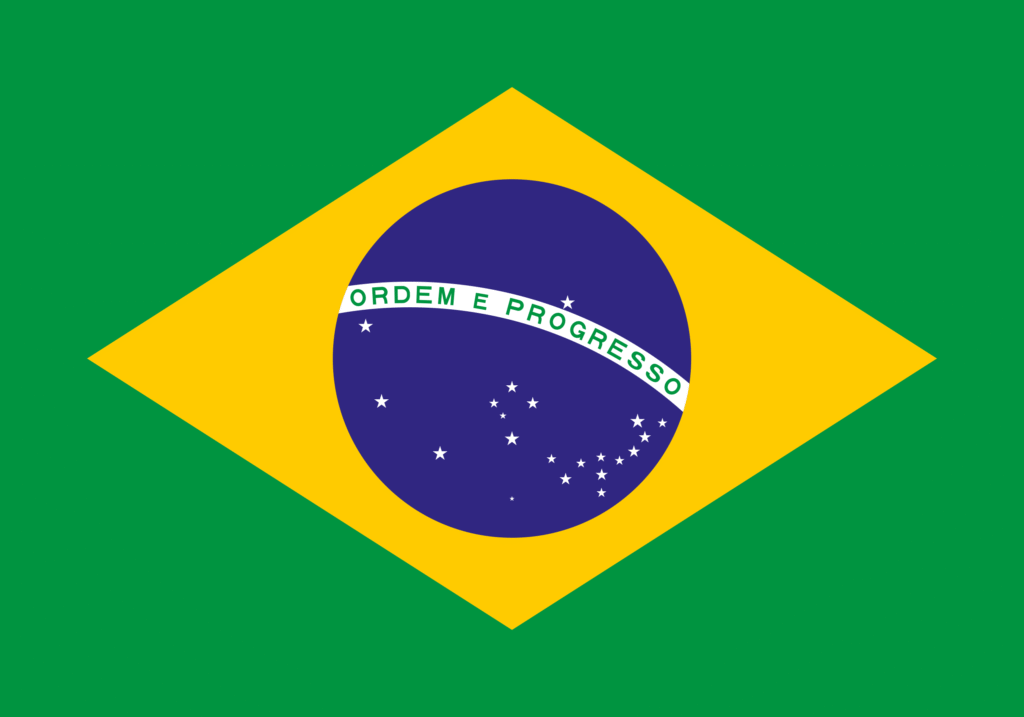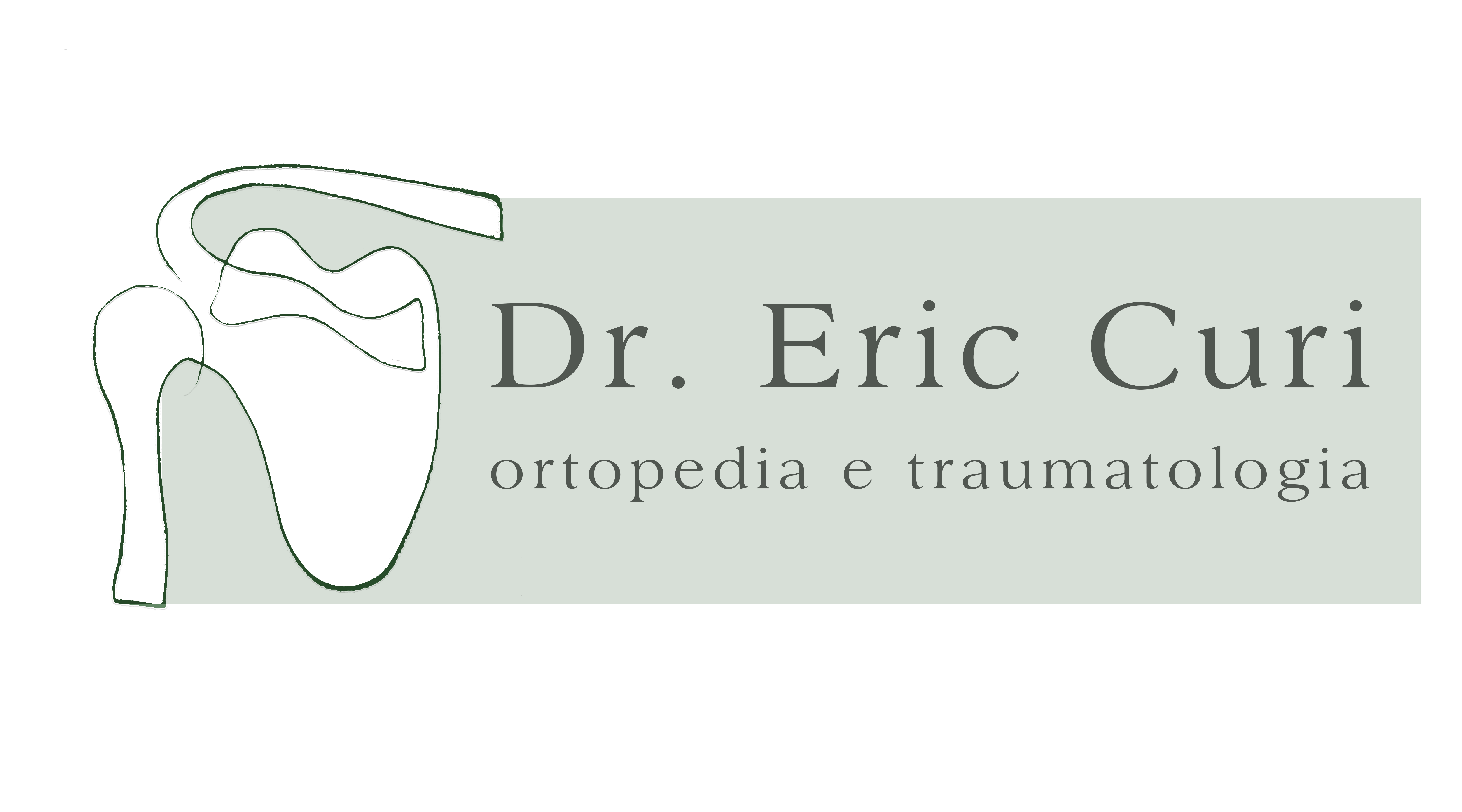Meet Dr. Eric Curi, Orthopedic Surgeon and Traumatologist, specialist in Shoulder and Elbow surgery in São Paulo.
Elbow Fractures
Shoulder Pathologies
Elbow Pathologies
General Orthopedics
Last news
The elbow is one of the most complex joints in the human body and plays a crucial role in everyday movements and upper limb strength.
Fractures in this area can result from direct trauma, falls, or accidents, and often have a significant impact on a person’s quality of life and arm function.
Understanding the various types of elbow fractures and the available treatments is essential for effective recovery and to avoid long-term complications.
Let’s break it down:
What Are the Main Types of Elbow Fractures?
Elbow fractures typically occur due to falls, direct impacts, or attempts to break a fall using the hands and outstretched arms. These injuries can affect any of the three bones that form the elbow joint: the humerus, ulna, or radius.
These fractures can vary greatly in severity and complexity, and may involve just one bone or multiple bones—sometimes including damage to ligaments, tendons, or other surrounding structures.
Here are the most common types of elbow fractures:
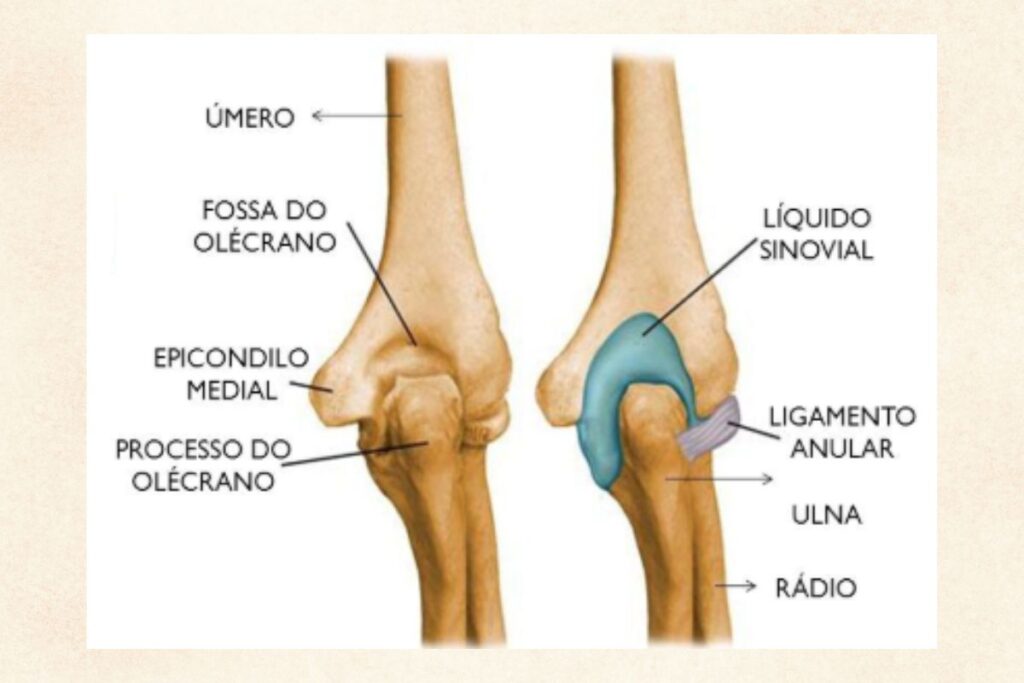
Anatomia óssea do cotovelo com uma visão de frente (posterior) e de lado (medial)
Fonte: https://nras.org.uk/pt/resource/elbow-surgery/
- Distal humerus fractures: Occur at the lower end of the upper arm bone where it meets the forearm bones.
- Radial head fractures: Affect the top part of the radius, one of the forearm bones that connects with both the humerus and ulna.
- Olecranon fractures: Involve the bony prominence of the ulna that forms the tip of the elbow.
Some fractures are isolated, affecting just one bone, while others are combined injuries, involving two or more bones and possibly surrounding tissues, making them more complex to treat.
What Causes Elbow Fractures?
Common causes and risk factors include:
- Falls: Falling on an outstretched arm is one of the most frequent causes, especially among children, elderly individuals, and athletes.
- Direct trauma: A hard blow to the elbow—such as in car accidents, bike falls, or during contact sports—can lead to a fracture.
- Sports injuries: Activities with physical contact or a high risk of falling (like soccer, judo, gymnastics, skiing, or skateboarding) increase the likelihood of elbow fractures.
- Traffic accidents: Vehicle collisions, especially when the arm is resting on the car door or dashboard, can cause high-impact elbow injuries.
- Osteoporosis: Older adults with low bone density are more susceptible to fractures, even from minor falls or trauma.
Signs and Symptoms of an Elbow Fracture
Symptoms can vary depending on the type and severity of the fracture but commonly include:
- Sharp, immediate pain in or around the elbow
- Swelling that may extend to the arm or forearm
- Visible deformity in more severe fractures
- Bruising or discoloration around the elbow
- Difficulty or inability to move the elbow or arm
- A popping or cracking sound at the time of injury
- Numbness or tingling, indicating possible nerve involvement
- Loss of normal arm function in daily activities
How Is a Fractured Elbow Diagnosed?
Diagnosis begins with a detailed clinical assessment. This includes a history of the trauma and a thorough physical exam to check for pain, swelling, range of motion, motor and sensory function, and circulation.
X-rays are usually the first imaging test used to identify and assess the fracture. In more complex cases, additional imaging may be necessary:
- CT scans provide detailed 3D views of bone structure
- Ultrasound and MRI are helpful in evaluating soft tissues such as ligaments, tendons, and cartilage.
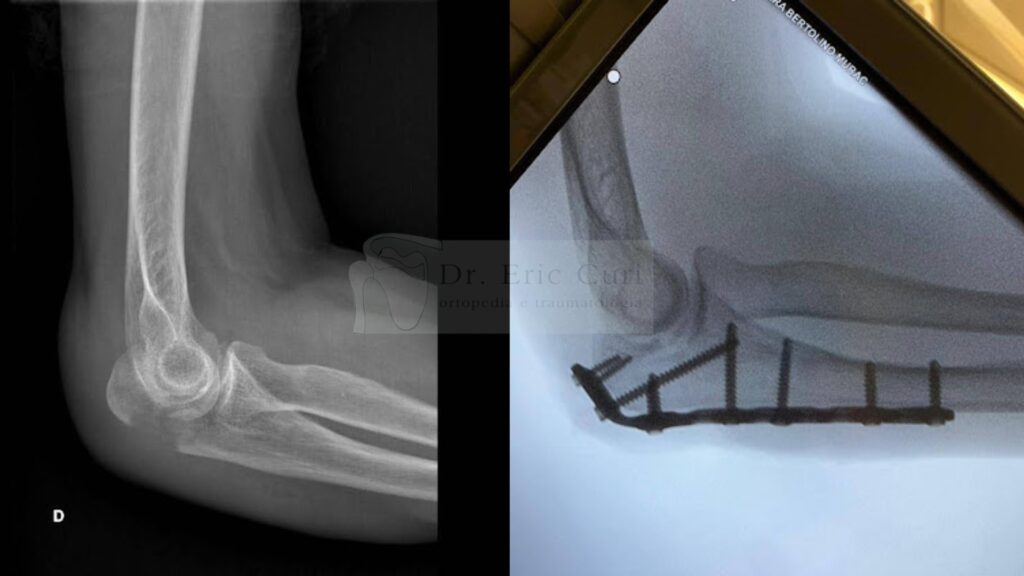
Fratura desviada e articular do olécrano tratada com placa e parafusos
Fonte: Acervo Dr. Eric Curi

Treatment Options for Elbow Fractures
Stable, non-displaced fractures can often be treated without surgery. These cases usually involve:
- Immobilization with a cast or splint
- Arm slings to reduce pain and restrict movement
- Pain medication and anti-inflammatories to control discomfort and swelling
For more severe fractures—those with significant displacement, joint involvement, or soft tissue damage—surgery may be required.
Surgical options include:
- Open reduction and internal fixation using plates and screws
- Arthroscopic (minimally invasive) techniques
- Kirschner wires or intramedullary rods (especially in children)
- Joint replacements, such as radial head prostheses
- External fixation in certain complex cases
After the initial healing phase, rehabilitation and physical therapy are critical for restoring movement and function. One of the most common complications of elbow surgery is joint stiffness, which can significantly limit mobility if not addressed.
Expert Care for Elbow Fractures
Ongoing follow-up with a specialist is essential to ensure proper healing. Regular imaging may be needed to monitor bone recovery and adjust the treatment plan if necessary.
It’s also important to watch for signs of complications such as infection, joint stiffness, instability, or misaligned healing (malunion).
The goal is to restore proper elbow function, ensure full bone healing, and minimize long-term risks.
If you or a loved one is dealing with an elbow fracture, don’t hesitate to seek expert care.
Book an appointment with Dr. Eric Curi, an experienced orthopaedic surgeon specializing in shoulder and elbow conditions, and receive a personalized evaluation and treatment plan.
Early and effective treatment is key to getting you back to a pain-free, functional life.
Want to Learn More? Schedule a Consultation with Dr. Eric Curi.
Vila Olímpia
SARTOR - Medicina Integrada
- (11) 3045-2090
- Rua Helena, 218 - Trade Tower - 4º Andar
- Segunda - Sexta : 09:00 -18:00
